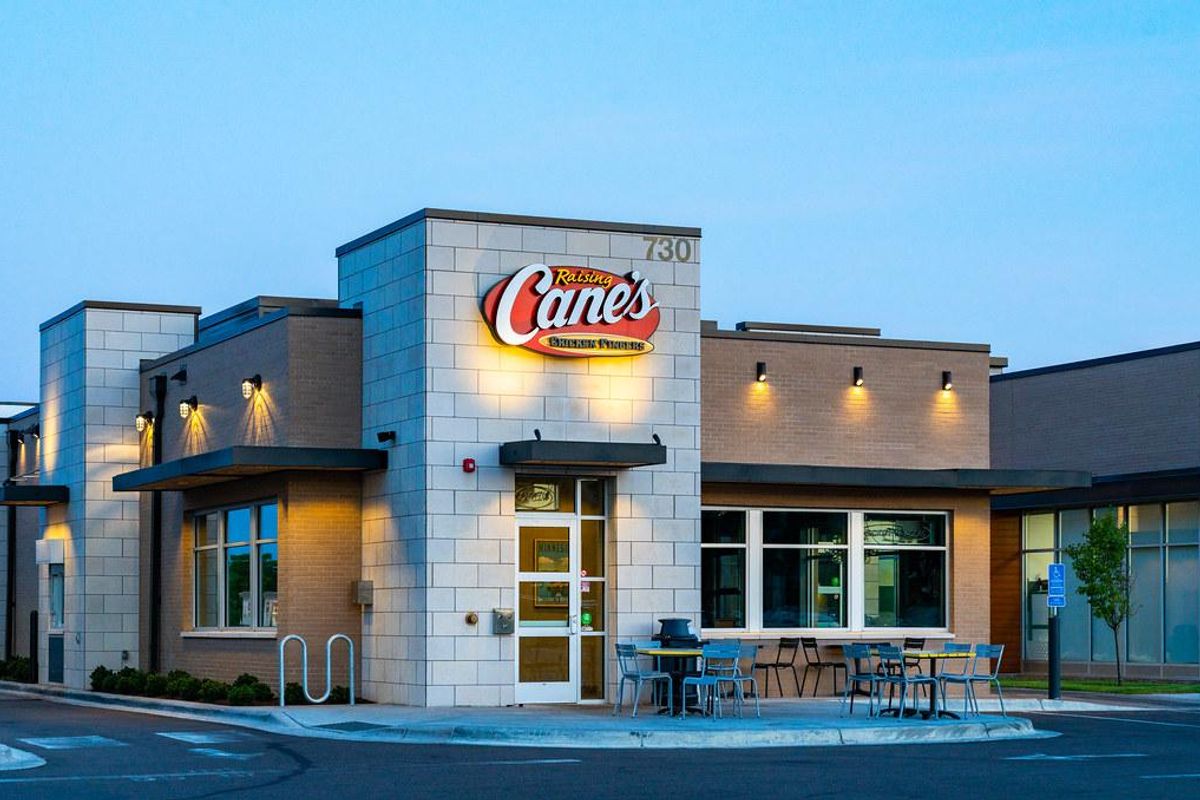Raising Cane's spent $200,000 trying to win the billion dollar jackpot for its employees
Talk about employee appreciation.

Raising Cane's spent $200,000 on lottery tickets.
Raising Cane's is a chicken restaurant staple in many states, selling tasty chicken fingers and secret Cane's sauce that really should be bottled and sold in stores. It's both delicious and makes you want to go buy more knowing that the CEO of Raising Cane's spent a small fortune trying to win the Mega Millions $1.1 billion jackpot to distribute to all of his employees. Raising Cane's spent $100,000 on lottery tickets then turned around a few days later and spent another $100,000 when its first batch of tickets didn't win.
Now that's some dedication. But why would a company like Raising Cane's spend more money than most people make in a year on lottery tickets for its employees? The co-CEO AJ Kumaran told The Washington Post "Look, I hear from our crew members all the time, and things are really tough out there," he explained. "This was an opportunity to have fun but at the same time, hopefully make a little bit of extra money for our people." Sadly none of the company's tickets won. The winner of the Mega Millions was a singular lottery player whose name has not been released, but at the time the restaurant invested the money, the jackpot was still up for grabs.
\u201cLove our Crew!! @raisingcanes\u201d— Todd Graves (@Todd Graves) 1658855250
Many people are struggling with the state of the economy. Inflation has caused people to cut back on plenty of things, including some necessities because it's too expensive to maintain currently. The financial struggles of Kumaran's employees is understood by much of America right now and the extra money from a billion dollar jackpot could've been life altering for people working at Raising Cane's. I'm pretty sure it could've been life altering for anyone that received even a fraction of the money from the winning ticket. But Raising Cane's was in it for its employees and improving their quality of life.
Kumaran explained to The Washington Post that the money broke down to just $2 an employee, which to him seemed like a small investment that could have a real positive impact on the people that work for his company. In a video posted to TikTok and then shared on Twitter Monday before the first employer-backed drawing, the founder and CEO Todd Graves playfully lamented that "buying 50,000 lottery tickets is harder than you think," while the lottery machine rapidly spat out ticket after ticket.
\u201cBuying 50,000 lottery tickets is harder than you think! \ud83d\ude09 Hoping to share the winning jackpot with our 50,000 @RaisingCanes Crew.\u201d— Todd Graves (@Todd Graves) 1658782757
I have to wonder how many times the gas station employee had to refill the ticket machine to get the large number of tickets printed. Either way, this was such an amazing gesture from the company. Graves explained in a release to The Mercury News, "None of what we do at Cane's would be possible without our crew, which is why we are always looking for ways to bring them a little extra fun."
While the company didn't win, the employees got to participate in something that was a break from the normal daily grind of fast food and get a few moments of excitement about the possibilities. Maybe Raising Cane's will make this something it tries every time the jackpot reaches astronomical amounts. It could be a fun company tradition.





 Rihanna Nails GIF
Rihanna Nails GIF A photo of a portable carbon monoxide detector from Amazon
A photo of a portable carbon monoxide detector from Amazon Good luck trying to catch a gazelle.
Good luck trying to catch a gazelle. Chickens will eat just about anything.
Chickens will eat just about anything. There's actually a big difference between horses and zebras besides just the stripes.
There's actually a big difference between horses and zebras besides just the stripes.


